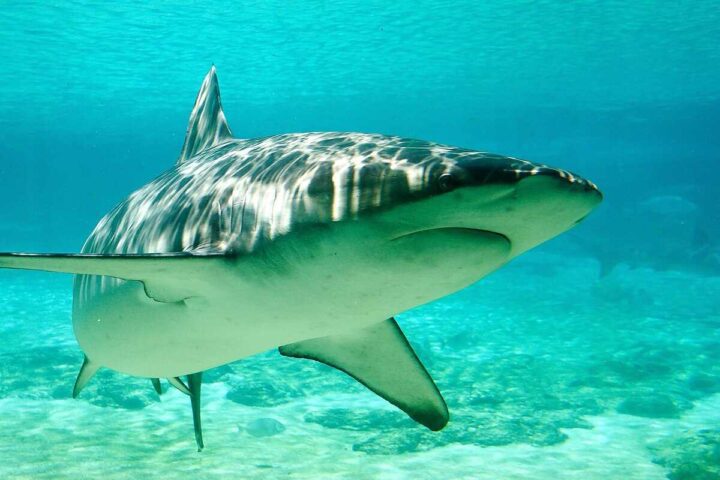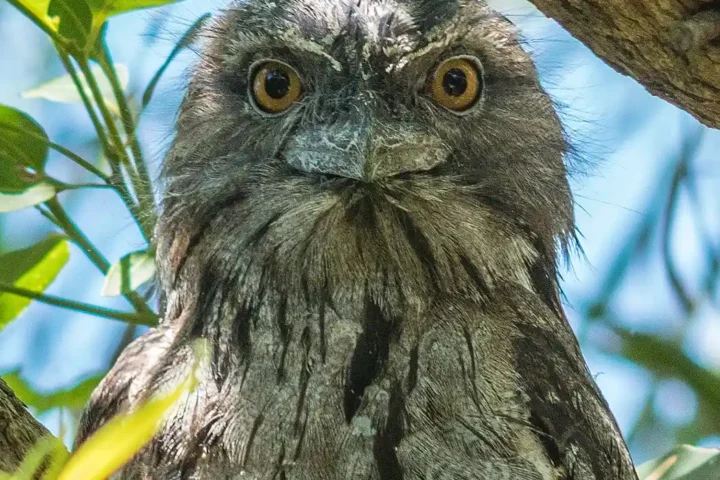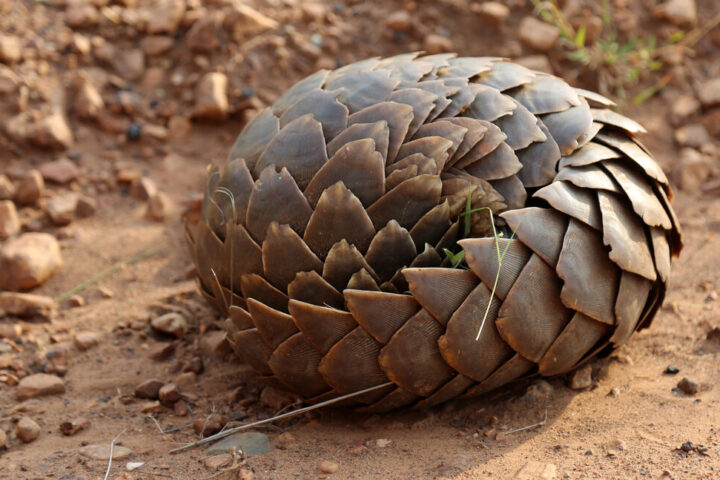Europe is experiencing a “worrying seed dispersal crisis,” concluded an international team of researchers led by the University of Coimbra, who published an article in the scientific journal Science this Friday. At stake is the fragile situation of many of the dispersing animals that transport the seeds to new places, because they feed on fleshy fruits (berries and others) and the seeds contained therein later fall in other areas, in the middle of the droppings.
The team realized that one third of these 398 dispersal species are now threatened with extinction or their numbers are declining, which puts them at risk in the near future. The wild rabbit, the blackcap, the redwing, the great spotted woodpecker, the carrion crow, and the European bison were some of these identified seed dispersers in a worrying situation, as well as reptiles and ants. At least 190 species of wild plants in Europe have their known dispersers threatened or in decline. These include, for example, the Pyrenean oak and the laurel, native to Portugal and other European countries, or the sessile oak.
The team reviewed about 2,000 articles published in different languages, between 1660 and 2023, to identify the seed dispersing animals in Europe and their conservation status. Sara Mendes did a bibliographic search where the dispersing species and the European native plant species were mentioned in documents published between 1660 and 2023, in 27 different languages. If the analysis had been limited to English-language documents, 30% of the information would have been lost, the researcher stresses. In total, the biologist analyzed 50,000 publications, including scientific articles, books, non-scientific published information, databases, reports and personal communications, a work that took more than three years.
From the 2,248 species of seed-bearing plants that can be dispersed by animals (26% of all native seed plant species in the European territory), Sara Mendes only found concrete and valid information about 398 animals that disperse 592 plant species in the nine defined European biomes: alpine, arctic, Atlantic, boreal, continental, steppe, Black Sea, Mediterranean and Pannonian plain. For the remaining 1,656 plant species (74%), the researcher found no information about the agents that disperse their seeds.
In total, there are 5,030 interactions between the 398 animals and the 592 plants, since an animal can be a seed disperser for several plant species and, at the same time, the seeds of one plant can be dispersed by different animal species. The researchers identified the deer, the wild boar, the fox and the sheep, but also birds like the blackbird, the magpie and the Sardinian warbler as the main dispersing animals at the European level. In the case of the deer, this happens for a total of 119 different plants, while the wild boar has a relationship with 115 species and the blackbird with 105.
Among the native plants whose seeds are dispersed by different species are the elderberry, the wild blueberry, the wild service tree and the wild cherry, which are also present in Portugal. Among the plant-animal disperser relationships that most concern the team, due to the threatened or declining status of both the plants and the animals that disperse their seeds, is for example the relationship between the carrion crow and the sessile and Pyrenean oaks.
Similar Posts
Based on information from the International Union for Conservation of Nature (IUCN), the team used the conservation status of the dispersing animal species and the plant species to assess the health of the interactions. Of the 398 disperser animal species, 33% fall into the “high concern” category, 49% fall into the “low concern” category and 18% fall into the “not evaluated” category. In the case of the 592 plant species, 6% are in the “high concern” category, 27% are in the “low concern” category and 67% of the plant species have not been evaluated for their conservation status.
The study reveals that the majority of native plant species (n=357; 60%) have at least one disperser that is of high concern and a third (n=190; 32%) have at least half of their dispersers evaluated in that category. Conservation efforts should first focus on very high concern interactions, which may be disturbed first.
Climate change will increasingly force species to find new regions to inhabit. For plants with seeds, fixed in the territory, this migration will have to be made from generation to generation, one seed at a time. In addition to their role in the recovery of areas affected by fires, floods or crossed by roads and settlements, nowadays, in a scenario of climate change, these animals help plants move to locations with better conditions as the climate changes in their distribution areas.
Ruben Heleno, co-author of the study and researcher at CFE, emphasized that “protecting the wild animals that provide this service will benefit not only the animals themselves, but also the plants and the entire ecosystem, on which the economy and our own quality of life ultimately depend.” He explains that a plant that is left without its dispersing animals will not go extinct from one moment to the next, because the seeds that fall to the ground continue to germinate, but it will be in “very bad shape.”
The researchers acknowledge that there are significant data gaps in the dispersal relationship data, but believe their findings can be used to guide conservation efforts to preserve highly concerning disperser relationships. This is the first comprehensive study on the vulnerability of seed-dispersing species, highlighted researcher Daniel Montoya from the Basque Center for Climate Change (BC3).
The loss of the dispersal function “reduces the resilience of ecosystems, a key factor given the recent adoption of the European Restoration Law,” Montoya added. The researcher stressed that the study results may underestimate the vulnerability of some disperser species for which there is no information on their population trends and vulnerability.


















